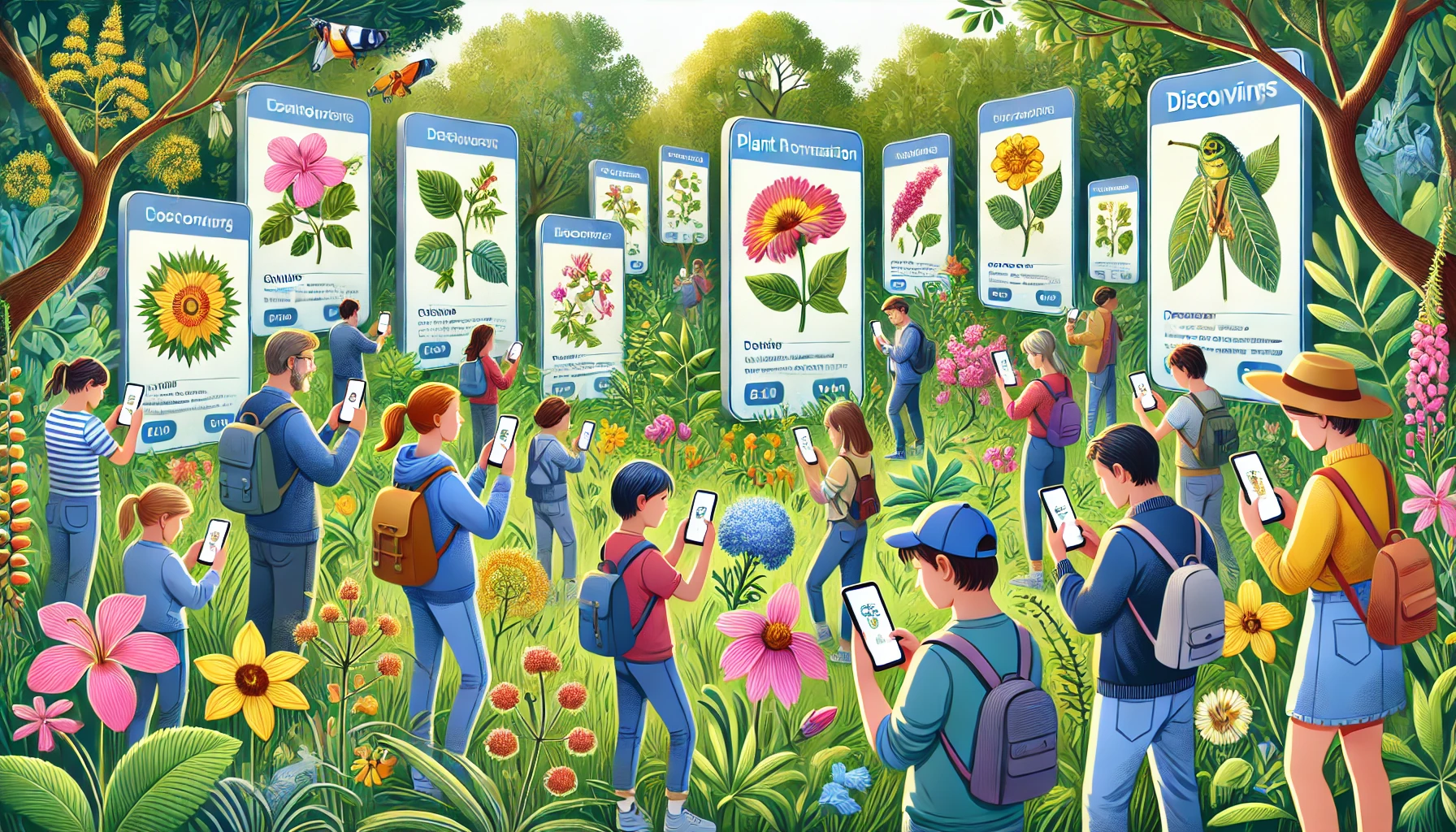Apps to Recognize Plants

In recent years, technology has infiltrated almost every aspect of our daily lives, including the way we interact with our surroundings. One of the most notable developments in this regard is the emergence of plant recognition apps. These apps utilize advanced artificial intelligence and machine learning technologies to help users quickly identify plants and flowers from photos taken with their smartphones. This article explores the benefits, features, and top plant recognition apps available on the market.
Benefits of Plant Recognition Apps
Plant recognition apps offer a variety of benefits, ranging from environmental education to biodiversity conservation. Here are some of the main ones:
- Environmental Education: These apps are powerful educational tools, allowing students, hobby gardeners, and nature enthusiasts to learn more about the flora around them. They can identify plants, flowers, and trees in seconds and get detailed information about their characteristics, habitats, and care requirements.
- Ease of Use: With most people carrying smartphones, plant identification has never been easier. Simply taking a photo of the plant and uploading it to the app is enough to get an accurate identification and additional information.
- Biodiversity Conservation: By identifying invasive or endangered plants, these apps can help conserve biodiversity. Users can notify environmental authorities about the presence of invasive or endangered species, contributing to conservation actions.
- Support for Scientific Research: Scientists and researchers can use these applications to collect data on the distribution and occurrence of different plant species, facilitating ecology and biology studies.
Main Features of the Applications
In most cases, plant recognition apps have the following features and functionalities:
- Instant Identification: The main function of these apps is the ability to instantly identify plants from a photo. Using image recognition algorithms, they compare the uploaded photo with an extensive database of plant images.
- Extensive Catalog: These apps have a large database of thousands of plant species. So even rare or tropical plants can be identified.
- Detailed Information: In addition to the name of the plant, the app provides detailed information about the plant in terms of classification, natural habitat, appearance, care, and medicinal use.
- Interactions and Community: Some apps involve interactions with other users. This allows people to share their plants or interesting discoveries. In addition, some platforms allow the sharing of practical knowledge about planting.
- Offline Functionality: While most apps require an internet connection, some are capable of working offline, which can be useful in some cases, such as hiking in nature.
Top Plant Recognition Applications
These applications are considered the leaders in the plant recognition market:
- PlantSnap: This app is one of the best known and covers more than 600 thousand species of plants, flowers, trees, succulents, cacti and mushrooms. With this app, you can photograph a plant and the app will identify it for you, providing detailed information about it.
- PictureThis: This plant identification app is accurate, mainly thanks to artificial intelligence. It gives you the opportunity to identify plants automatically and also provides information on how to care for it and what problems it may have.
- iNaturalist: Developed by the National Geographic Society and the California Academy of Sciences, iNaturalist is much more than just an app for identifying plants. Users can make their observations, which are then made available to a global database used by scientists to monitor biodiversity. The resource has samples identified by a community, a kind of botanical social network.
- LeafSnap: This app is designed to help you find a tree. Intelligent algorithms will help you identify species from a simple leaf that you take a photo of. LeafSnap was developed by the University of Maryland, the Smithsonian Institution, and Columbia University.
- PlantNet: PlantNet is a mobile app that allows users to identify plants from their leaves or flowers. PlantNet is a free citizen science project ideal for hobbyists, gardeners, or researchers.
Conclusion
Plant identification apps are innovative tools that combine cutting-edge technology with a passion for wildlife. In addition to making identification easier and more accurate, these apps play a key role in promoting conservation ideas and biodiversity education. From a functionality and extensive database perspective, these apps are essential resources for students, gardeners, scientists, and nature enthusiasts. When you use these technologies, you not only make it easier to interact with the natural environment and the flora around you, but you also help preserve countless species and further study the plants that make up our ecosystem. So, the next time you come across an unfamiliar plant, all you have to do is grab your phone, take a photo, and technology will help you again.





